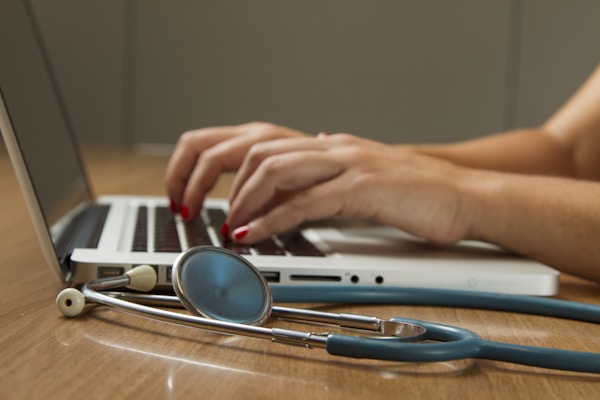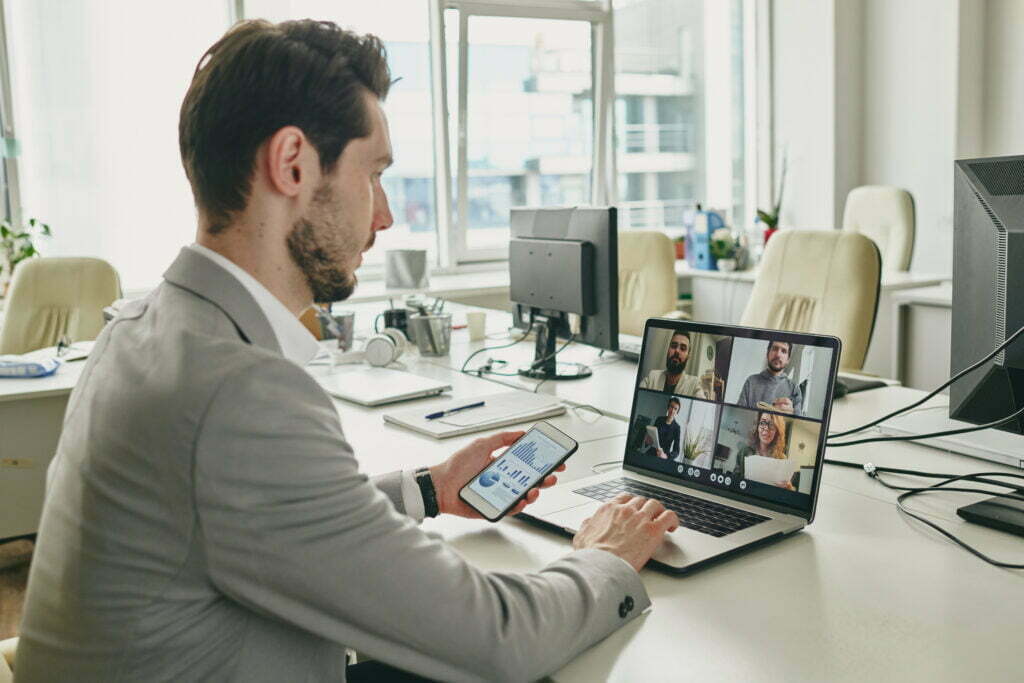The healthcare technology and safety field encompass a wide range of technologies and safety practices used in the healthcare industry. This field aims to protect both patients and healthcare providers from harm and improve the quality and safety of care. Technologies used in healthcare include everything from medical devices and equipment to software and communication tools. Healthcare providers must take care to select and use technologies that are safe and effective technologies that meet their patient’s specific needs. Keep reading to learn more.
What is ECRI?

ECRI is an independent, nonprofit organization improving care safety, quality, and cost-effectiveness across all healthcare settings worldwide. They are a healthcare technology and services company and a trusted advisor to healthcare providers, payers, and manufacturers. In addition, they are the world’s leading authority on the application of technology in healthcare and the only organization with a comprehensive set of offerings that spans the full healthcare continuum.
ECRI’s mission is to improve care safety, quality, and cost-effectiveness by providing evidence-based solutions, education, and consulting services to make healthcare work better for everyone. They offer unbiased, actionable insights and evidence-based solutions to help healthcare organizations around the globe improve patient safety, quality, and cost-effectiveness. They provide their clients with the following:
Actionable insights: They translate the latest research into practical solutions that healthcare providers can use to improve patient safety, quality, and cost-effectiveness.
Education: They offer training and education programs on the latest healthcare technologies and how to use them safely and effectively.
Consulting services: They help healthcare organizations implement the latest evidence-based solutions to improve patient safety, quality, and cost-effectiveness.
What are the impacts of not maintaining healthcare technology?
Healthcare technology safety is essential because it protects both patients and healthcare providers. Healthcare technology includes diagnostic imaging systems, infusion pumps, electronic health records (EHRs), and other medical devices. These technologies help improve care quality, increase efficiency, and reduce costs. However, if they are not safe, they can cause harm to patients or healthcare providers.
One way that healthcare technology can cause harm is through malfunction or error. For example, an infusion pump may deliver too much medication to a patient, or an EHR may record the wrong information. These errors can potentially be life-threatening for patients. Another way that healthcare technology can cause harm is through infection. Healthcare technology can spread harmful bacteria and viruses if not properly disinfected between uses. This can lead to serious illnesses in patients or healthcare providers.
Therefore healthcare technology must be safe and effective before it’s used in hospitals and clinics. The Food and Drug Administration (FDA) oversees the safety of all medical devices in the United States, including those used in healthcare settings. The FDA has several programs to ensure that medical devices are safe and effective, including pre-market approval (PMA) and post-market surveillance programs.
How can you effectively ensure patient safety?

One of the most critical aspects of ensuring patient safety is securing their health information. This means protecting patient data from unauthorized access, use, or disclosure. Healthcare providers must have comprehensive security protocols to safeguard electronic health records (EHRs) and other sensitive patient information.
There are several ways to secure patient data, including firewalls, password protection, and encryption. Healthcare providers should also have policies for disposing of old computers and storage devices that may contain confidential information. In addition, staff should be trained in properly handling and storing patient data.
If a healthcare provider experiences a data breach, they must notify affected patients and the government within 60 days. Violations can result in significant fines and other penalties if not handled properly. By following best practices for securing patient information, healthcare providers can help ensure that their patient’s privacy is protected at all times.
This guide provides an overview of the types of technology found in healthcare settings, the hazards associated with their use, and strategies for mitigating those hazards. Overall, the guide is a valuable resource for healthcare professionals seeking to use technology in the workplace safely.










